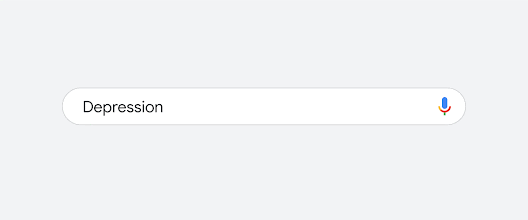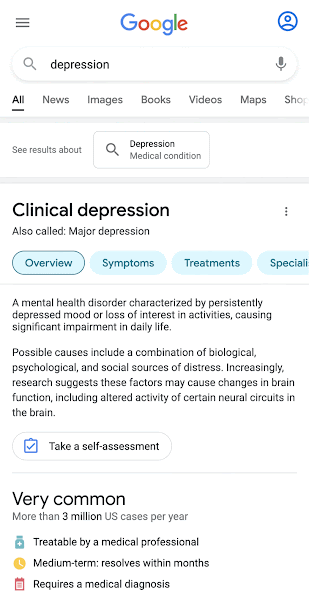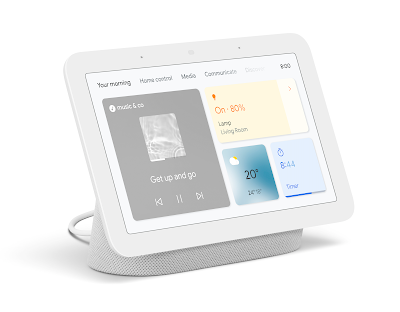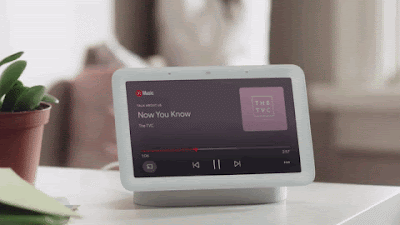Each year on April 22 we celebrate Earth Day, to help raise awareness and demonstrate support for environmental protection.
While Earth Day should not be the only day we strive towards sustainability, it’s an opportunity to celebrate the work that customers are doing to protect our planet and species for future generations using Google AI.
Saving the world’s rarest dolphin
With RUSH and MAUI63 we’re helping to save the world’s rarest dolphin, the Māui dolphin. Just 63 of these dolphins remain in the world, putting it on the brink of extinction. As part of the Māui Drone Project, the R/VISION platform, powered by Google Cloud, is supporting the data processing, display and analytics provided by specialised AI-powered tracking drones developed by the MAUI63 team.
The team's mission is to provide conservationists unparalleled access to information about Māui dolphins, and in the future any and all species, including detailed data on the habitats, population size and distribution and behaviour of the dolphins. Artificial intelligence helps fill critical science gaps about the Māui dolphins. In the future, by advancing understanding of how these dolphins behave and providing this data publicly, data driven decisions can be made by policy makers, scientists and private organisations to ensure robust and appropriate measures are in place to protect Māui dolphins.
Recognising birdsong to protect threatened native birds
Our machine learning technology is being used by Victoria University to help them digest tens of thousands of hours of birdsong to pick out threatened birds, like hihi, saddleback and kakariki. The recordings captured birds at 50 locations in and around Wellington sanctuary Zealandia, but researchers were overwhelmed by the vast data-bank facing them.
Leveraging our TensorFlow technology, the AI system learned to recognise different bird calls, effectively measuring the activity of each bird species at specific times and locations. Due to the limited information about threatened bird species outside of wildlife sanctuaries, it was difficult to know how to maximise conservation efforts. By combining acoustic sensors and AI, researchers can gather enough information to identify the location and visiting frequency of threatened birds outside protected areas – thereby allowing better planning for future conservation efforts.
Creating a better world for future generations
Supporting the conservation efforts of our customers is just one part of our commitment to creating a better future for future generations. We haven’t reached the finish line yet, there’s still much more to be done. We look forward to continuing to support the work our customers are doing to drive conservation, as well as the role that new technologies, like AI and machine learning, play in improving these efforts.








